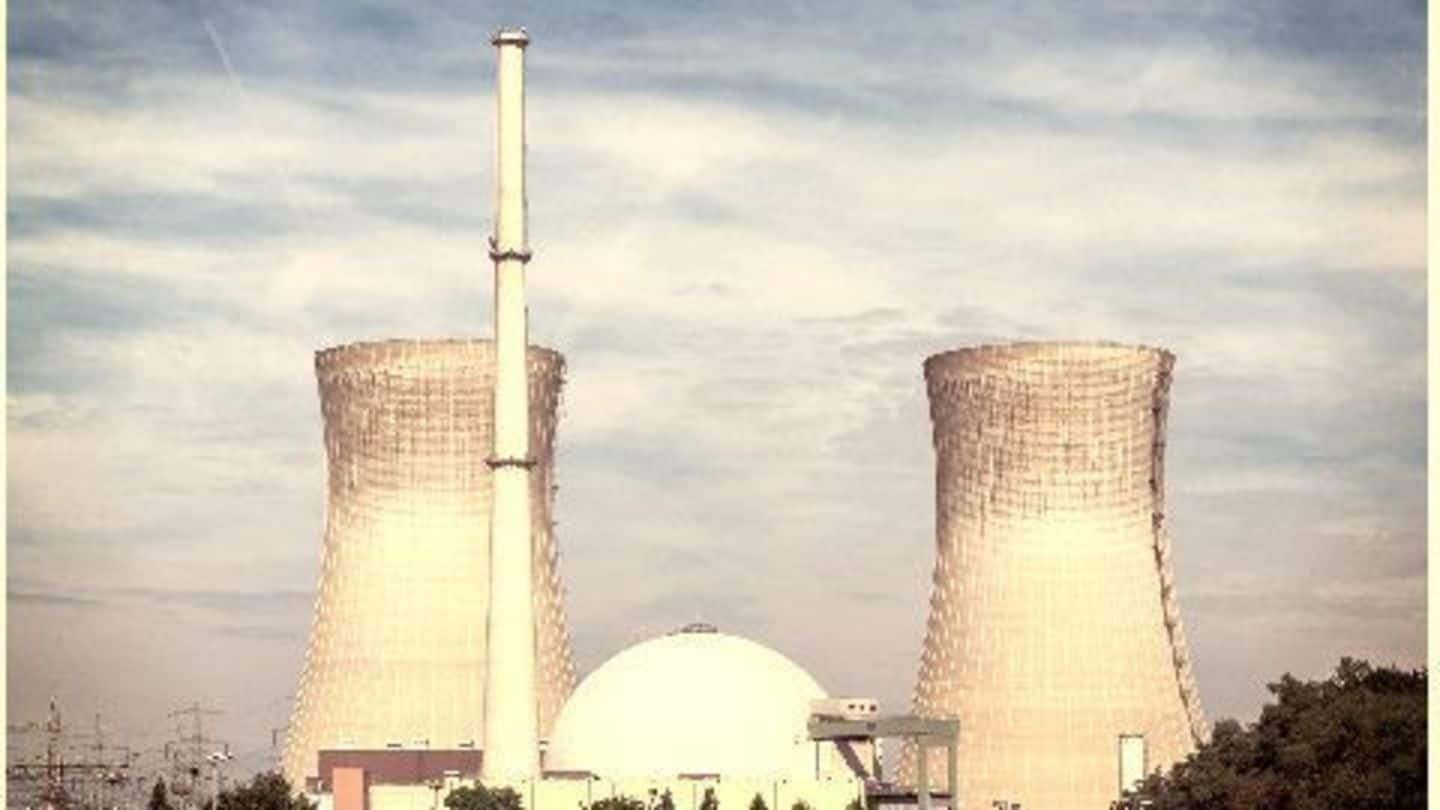
Kakrapar N-plant leak: None exposed to leakage
What's the story
Kakrapar Nuclear-plant was shut following a leakage in the reactor's heat removal system. Surat's Collector, Rajendra Kumar said that experts from BARC and Physical Research Laboratory, Ahmedabad would supervise the plant. He added that nobody was exposed to the leakage, and everything was under control. Department of Atomic Energy stated that the heavy water had leaked in unit-I, shutting down the reactor automatically.
Introduction
Kakrapar Nuclear Power Station
The Kakrapar Nuclear Power station is a nuclear plant in Gujarat which consists of two 220 MW PHWRs (Pressurized Water Reactors with heavy water as moderator). In September 1992, the first reactor unit was commissioned and later in May 1993, the commercial production was started. The second reactor was commissioned in January 1995 which had later started its production commercially in September 1995.
30 May 2011
Radiation leaks in Kakrapar nuclear plant
Authorities of Kakrapar Nuclear plant had confirmed that there was a nuclear radiation leakage due to human error of the control-room staff. Reportedly, four of the contract workers were exposed to the radiation leakage but, it had no effect on their health. The plant's director, PK Dutta had stated that the radiation was of a low intensity and didn't affect any.
Personal
India’s first nuclear power plant steam generator system
Indian construction and engineering giant Larsen and Toubro (L&T) had built and supplied the country's first two 700 MW steam generators to the Kakrapar Nuclear power plant's unit in 2015.
6 Mar 2016
NALCO to invest 900cr in Kakrapar N-plant
National Aluminum Company Limited (NALCO) had announced that it would invest around 900 crores in the Kakrapar Nuclear power plant and acquired 26% of the stake. NALCO had also expressed interest to increase its stake to 49% in the nuclear plant. NALCO said that it had been trying to enter the power sector to facilitate its aluminium production plant with uninterrupted power supply.
11 Mar 2016
Kakrapar nuclear power plant shut down
The nuclear power plant in Kakrapar near Surat was shut down after the heavy water leaked in the coolant system of the reactor in unit-I. Reportedly, a rupture in the pressure tubes of the heat removal system led to harmless radioactive leakage. The plant's Director stated that unit-I was working at rated power but, had automatically shut down around 9 a.m.